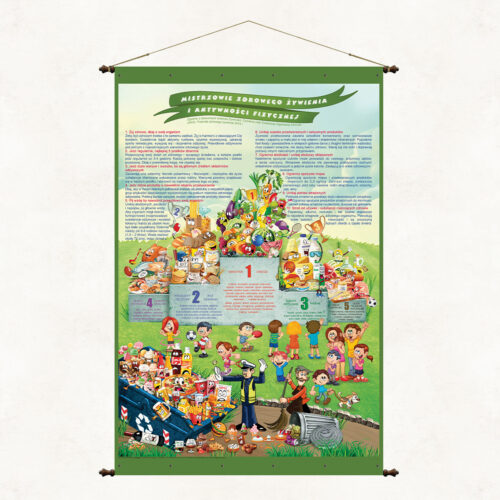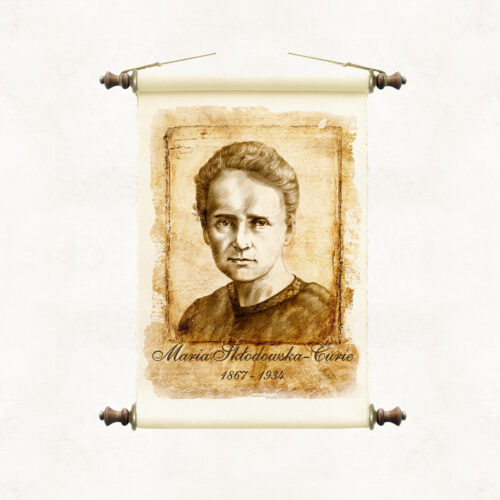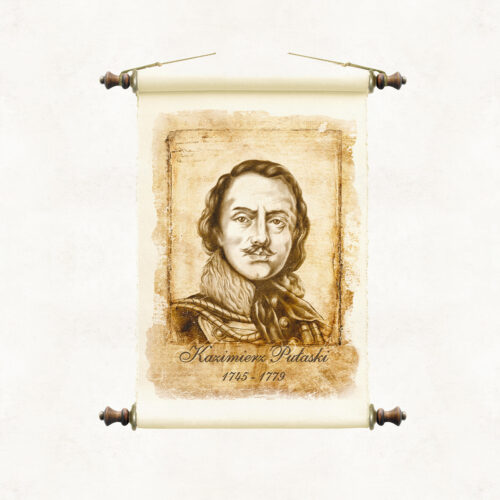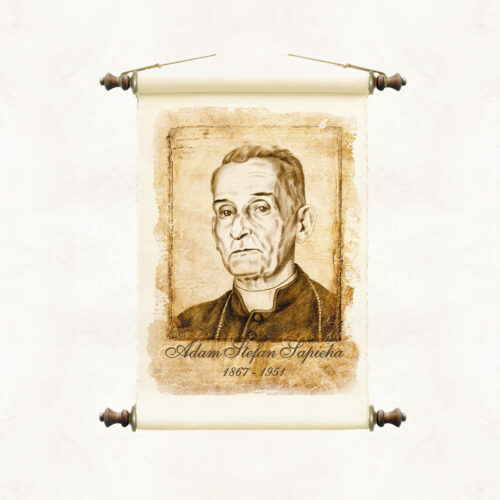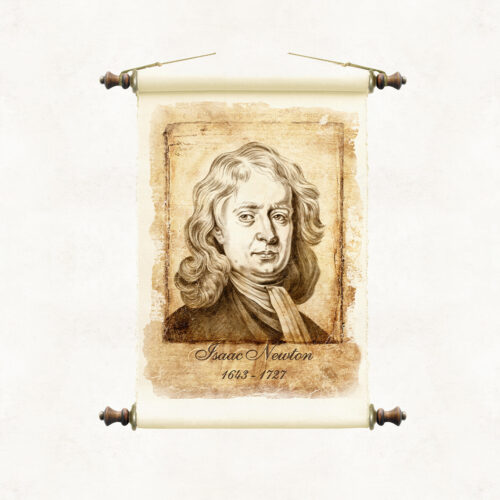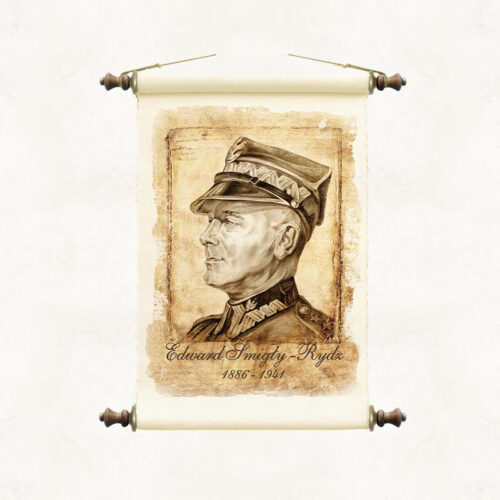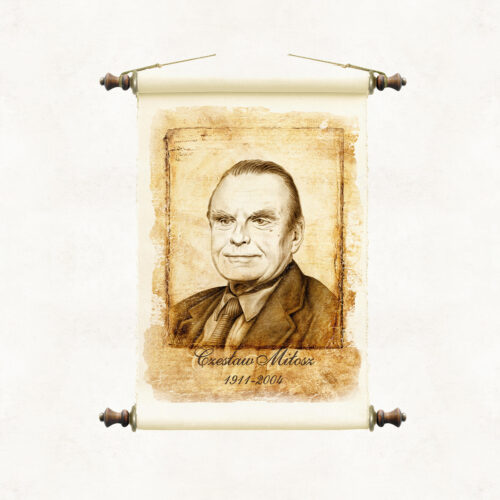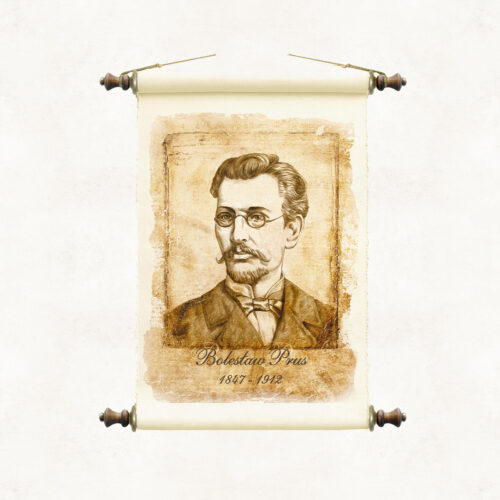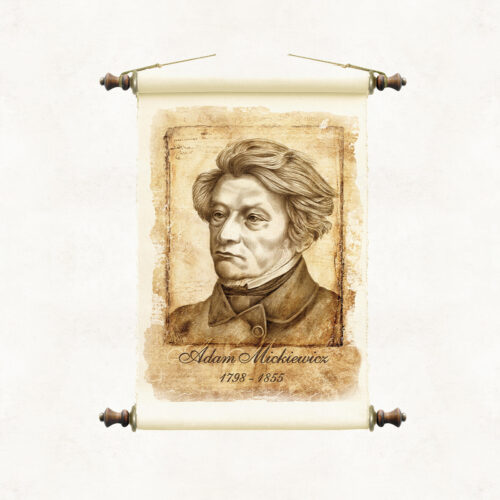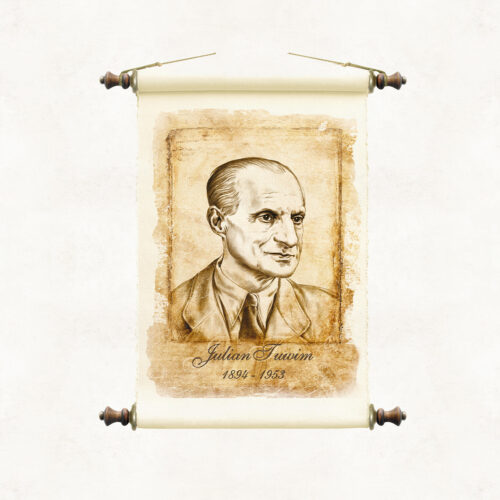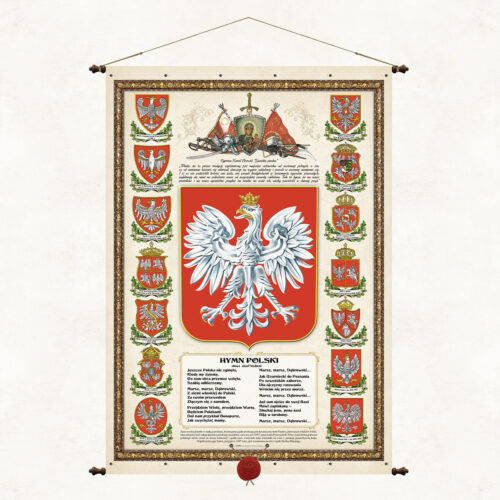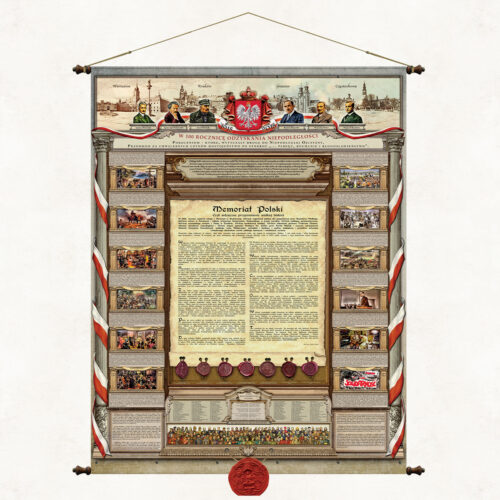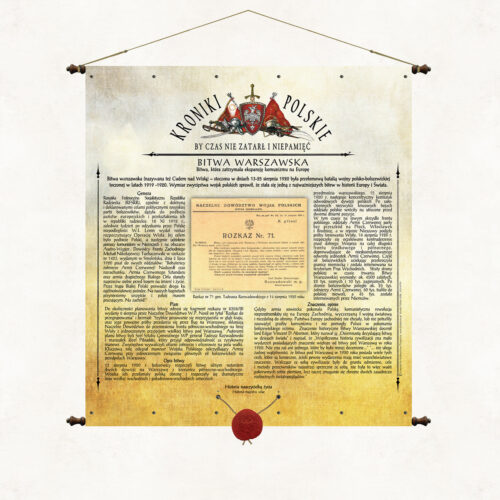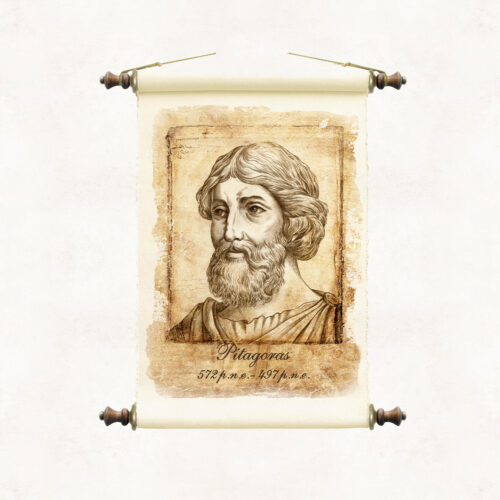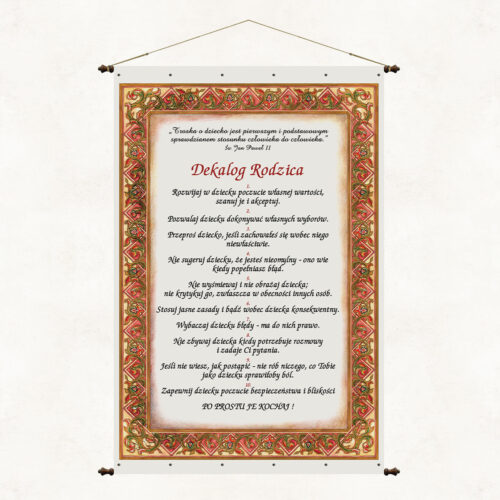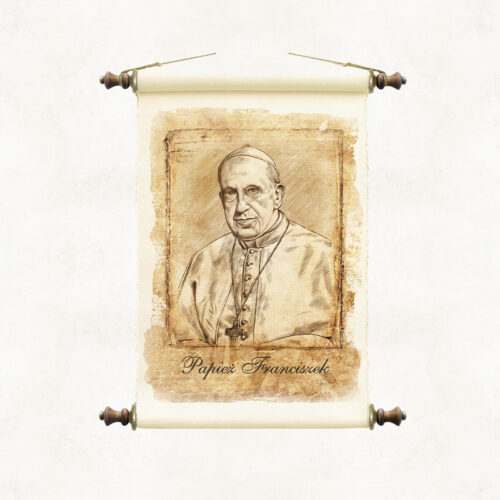-
The nutrition board "Champions of healthy eating and physical activity" is a verbal and graphic illustration of the principles of healthy eating. This is an innovative scheme that groups food products and presents them in the form of a sports podium with a very clear evaluative division. Unlike the popular food pyramid scheme, which is not very suggestive for young people, our original board presents the healthiest products in a fun and clear way in the first and subsequent places on the podium. Unhealthy or even harmful dishes were pointedly placed in the garbage. The graphic message is complemented by ten essential principles of healthy eating placed at the top of the publication.
-
MIESZKO I (922-992) The first historical ruler of the Polish lands, the actual creator of the Polish statehood. A skilful politician and a talented leader. He fought battles for Western Pomerania and wars with Bohemia, conquering Silesia and Lesser Poland. By being baptised in 966, he strengthened the state, putting it on a par with the Christian countries of Europe. He established a Polish bishopric in Gniezno, and initiated the construction of numerous fortified towns and churches.
-
Scroll with an image of Prince Casimir the Restorer, painted in watercolour by the artist of our publishing house, Marek Miha. The portrait is a colourful interpretation of drawings from the series Poczet królów i książąt polskich (A Selection of Polish Kings and Princes) made in pencil by Jan Matejko. KAZIMIERZ THE RENEWER (1016 - 1058) Casimir Charles I, more commonly known as the Restorer, ruled Poland from 1039 to 1058. He failed to take power after his father Mieszko II, was exiled, and the country descended into chaos. In 1039, the Restorer returned to the country and, with the help of the German Emperor and a Ruthenian prince, gradually regained power, rebuilt the country, recreated the ecclesiastical metropolis and made Krakow the new capital. However, he was no longer able to regain the royal crown.
-
Patriotic and educational board, compendium of national symbols. We make it in various sizes so that customers can adjust it to their needs and local conditions. The publication presents the modern state emblem, a selection of historical emblems, and the full text of the national anthem (Dąbrowski Mazurka).
-
The Polish Memorial is a unique board, a one-of-a-kind vademecum of Polish history, presenting in a condensed verbal and graphic form the principles of the thousand-year-old heritage of the Polish nation. The main theme of the publication is an anniversary calendar of Polish history written in the form of a historical essay by prof. Andrzej Nowak, an outstanding scientist and committed patriot. The 100th anniversary of regaining independence became an impulse for the historian to present other significant anniversaries. Describing over 1,000 years of Polish history, the professor brings us closer to the historical continuity of Polish fate and the importance of the generational transmission of culture and tradition. At the bottom of the memorial, we have placed replicas of historical seals of Polish rulers and people and institutions significantly inscribed in Polish cultural heritage. Apart from the title essay, there are symbols of national identity on the board: - national emblem and anthem, - engravings depicting the former capitals of Poland - Gniezno, Krakow and the modern capital - Warsaw, and Częstochowa as the spiritual capital of the country, - images of the most outstanding Poles, those considered to be the Fathers of Independence in 1918, and representatives of generations that have maintained their independence deed and legacy over the millennium, - significant messages and statements about Poland and Poles, - a brief description of the history of Poland's independence and symbolically illustrating it with engravings. The canons of Polishness written down and illustrated on the board by the editors, apart from their educational function, are also an aesthetic element of the patriotic decor of apartments and offices, expressing respect and attachment to tradition.
-
Polish Chronicles – So that time does not erase and oblivion
Polish Chronicles – is a series of boards devoted to important events in the history of Poland. The Battle of Warsaw (also called the Miracle on the Vistula) fought on August 13-25, 1920 was a breakthrough battle of the Polish-Bolshevik war fought in the years 1919-1920. The scale of the victory of the Polish forces made it one of the most important battles in the history of Europe and the world

